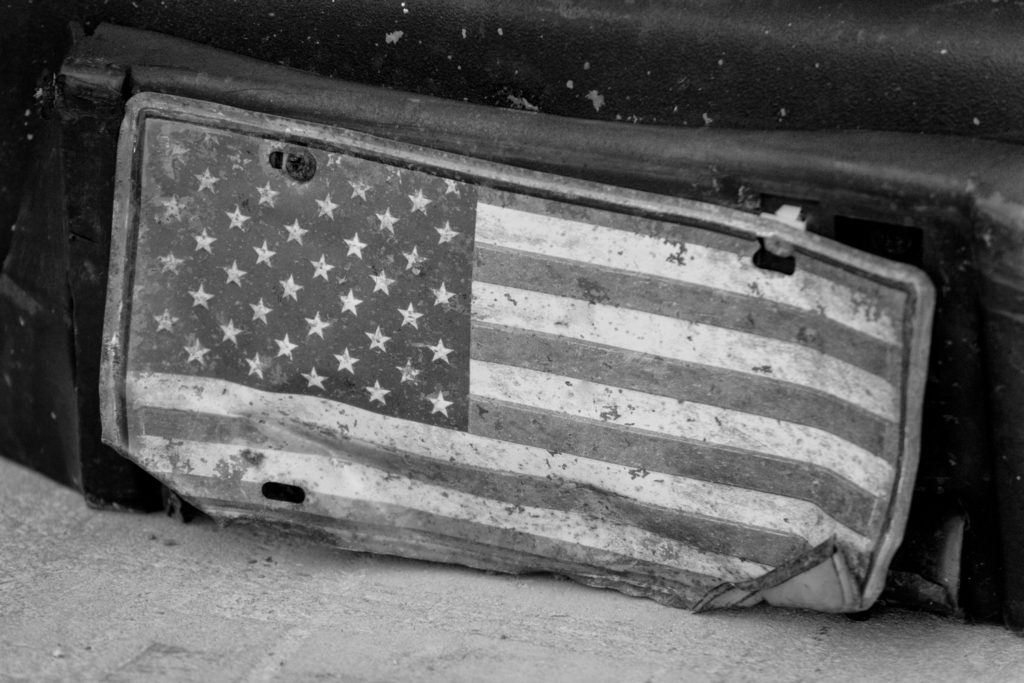
“Ten, nine, eight”, the electrified crowd chants in chorus. “Seven, six, five, four, three, two, one, go!”. Within seconds, a myriad of colorful cars roars into action and start racing and crashing into one another. Demolition derby is a fight to the end with a simple idea behind, elimination through destruction.
Beginning in the later half of 2008, a global-scale recession adversely affected the economy of the United States. A combination of several years of declining automobile sales and scarce availability of credit led to a more widespread crisis in the United States auto industry that has its heart in Michigan where more than 800,000 people lost their jobs between 2000 and 2009 as the subprime housing bubble burst, sending hundreds of thousands of homes into foreclosure as the automotive industry collapsed among the rubble, leading to the bankruptcies of General Motors and Chrysler.
Demolition derbies take place all over the United States and especially in its most rural and poorest areas but in Michigan, where the automotive industry was born, cars and motors have always been a sort of cult for the whole population, a cult that finds his most powerful expression in the the desire by men, women and kids to build fast cars from wreckages and race in temporary dusty arenas where crowds of adults and children cheer for their steel gladiators, keeping communities together after the worst recession in generations that hit them so hard and that now, after many years of uncertainty, maybe is coming to an end, maybe.
Yes, maybe.
During my first trip in this state, on august 2019, I spent one month traveling thousands of miles in order to photograph a series of demolition derby events that took place all over the state. The result is a series: “He’s Come a Long Way That’s My Boy”. To continue this project I’d have gone back for another month in the summer of 2020. Everything was set, I’d have gone back in the southern and central part of the state, focusing on the social and economic background that made Michigan the epicenter of the motor industry and more recently the epicenter of the socio-economic crisis that has affected the whole United States and that has laid the groundwork for the rise of the populism that beard the ascent of Donald Trump.
I was trembling like a pilot on the starting line, waiting for the sound of the siren, but then something happened and going back in those areas of rural United States has become suddenly a mirage. Maybe I’ll be back in fall. “Have you seen the news about USA?” Ok, maybe I’ll be back in spring. “Are you sure? Things gonna be long over there”. I’m sure things gonna be better. “Have you heard they wanted to kidnap the governor who imposed the lockdown?”. Ok.
I really don’t know when I’ll be able to go back there and continue to photograph. Maybe what is happening has cracked the topic I was investigating. Maybe the uncertainty that has characterized those places for decades have been trespassed by new and more universal hazards that makes my quest dated.
I’m still trembling, I want to see the tracks that have been left on that ground from what happened. Later I’ll decide the course to take.